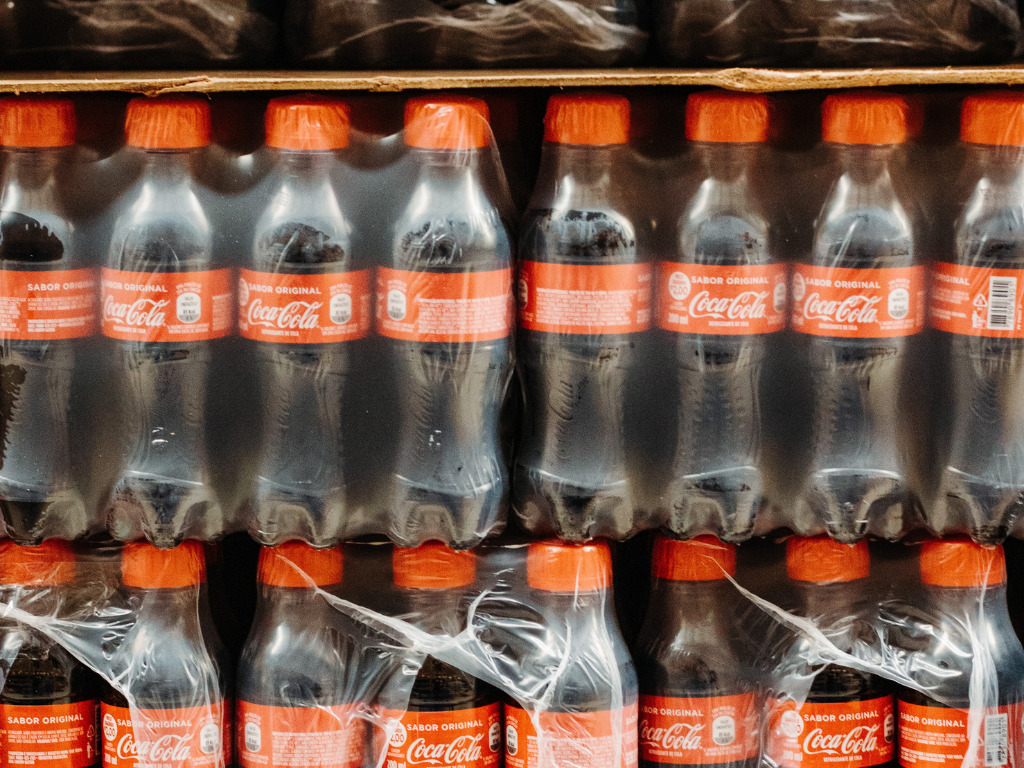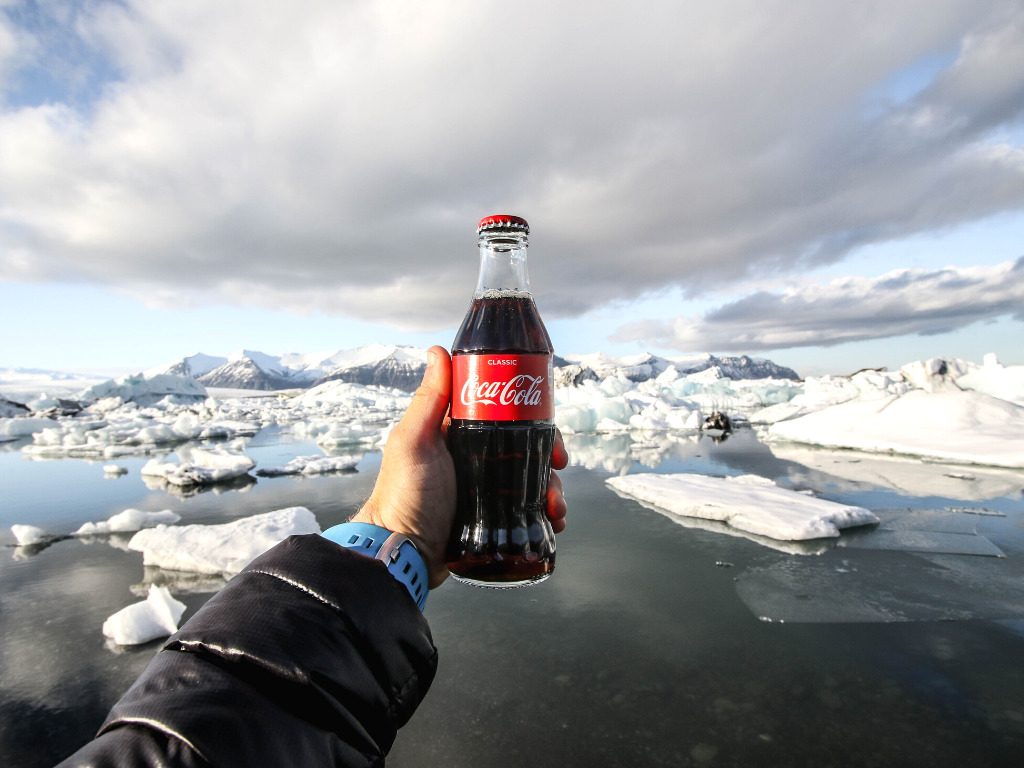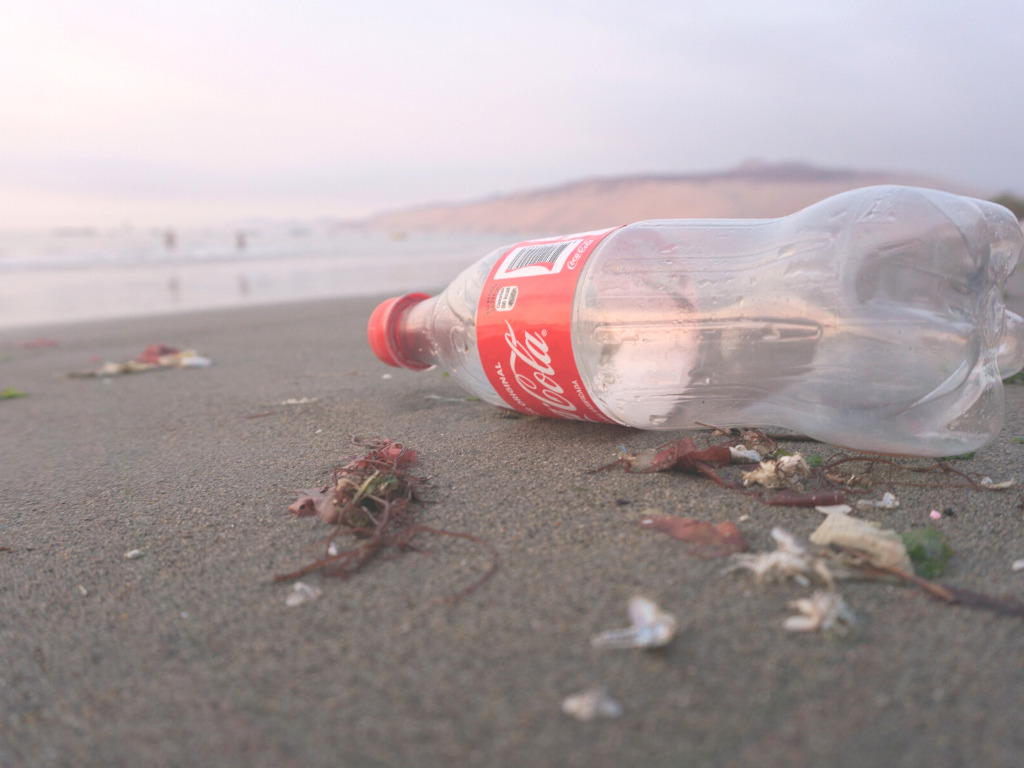4 Mins Read
Coca-Cola, the world’s leading soft drink manufacturer, has been trying out sustainable bottles for years. Now it says that by 2025, 100 percent of its packaging will be recyclable, and at least 50 percent of the packaging will be made with recycled materials by 2030. But can it really do it?
Pressure is mounting on brands to clean up their products and packaging, offering more sustainable and responsible options. No industry is in need of such a shift as the ready-to-drink market with its single-serve products that contribute to the global plastic waste crisis.
“Since 2017, we’ve introduced more than 100 new and innovative packaging solutions that range from more affordable to more premium, all while supporting our world without waste agenda and delivering products that are convenient and refreshing to drink,” James Robert B. Quincey, Coca-Cola’s CEO said during a presentation earlier this week.
Quincey points specifically to its “label-less” bottles launched in Sout Korea and an “end-to-end approach in Japan,” Quincey said. “Or Sprite’s green to clear packaging, which enhances recyclability and will be added in 75 markets to get to 120 in 2022.”
He pointed to South Africa, where it has made efforts in generating demand for refillable PET packages by using a universal bottle.
Coca-Cola’s Plastic Problem
But plastic is still a big problem, particularly for Coca-Cola. It’s the single biggest plastic polluter in the world, producing some 3 million tons of plastic waste every year—more than the next two offenders, Netlé and PepsiCo, combined.
“The world’s top polluting corporations claim to be working hard to solve plastic pollution, but instead they are continuing to pump out harmful single-use plastic packaging,” Emma Priestland, Break Free From Plastic’s global campaign coordinator that tallies the polluters, said in 2020.
In developing markets, historically a core focus for Coca-Cola, recycling programs are rare or inefficient, contributing to greater amounts of waste and plastic making its way into oceans, than being properly recycled or reused.

The Atlanta-based beverage company says it’s now looking to reintegrate more glass—once its only option—as a recyclable solution to plastic waste. There are still cans available, too.
But the plastic bottle has been the company’s mainstay. Despite several years of leading the world’s biggest polluter list, in 2020 it said it would not stop producing plastic bottles because they were so popular with customers.
“We work closely with our bottling partner to expand occasions for a high-quality, highly sustainable, returnable glass bottle, driving revenue, customer margin, value share and adding notably 1 million households along the way,” Quincey said.
“Intelligent experimentation goes beyond new flavors and new brands. It also includes product, package and process. It encourages local markets to test the best ideas in a way that allows us to nurture and scale them, and then in turn, we can expand across geographies faster than before,” he said.
Last year, Coca-Cola launched its first “100 percent plant-based” plastic bottles.
“We have been working with technology partners for many years to develop the right technologies to create a bottle with 100 percent plant-based content—aiming for the lowest possible carbon footprint—and it’s exciting that we have reached a point where these technologies exist and can be scaled by participants in the value chain,” said Nancy Quan, Chief Technical and Innovation Officer, The Coca‑Cola Company.
But experts say it’s not necessarily a slam dunk in decreasing the beverage giant’s plastic problem.
Bio-based Plastic
According to Mario Grimau, a polymer engineer and materials science specialist at SPRING, despite some obvious wins, like replacing fossil fuels, bioplastics aren’t without flaws.
“[T]here is no global agreement on how much it is or how to measure the impact of the environmental benefits of replacing conventional plastics with bioplastics,” he wrote last year.
“It is not an easy task to understand in the most precise and straightforward way possible what the environmental burdens of PET bottles are; and what the benefits on their ecological footprint are, in terms of abandoning petrochemical inputs to replace them with the corresponding biomass ones,” Grimau says. “We can most likely never really be sure of this, and that is not a trivial fact.”

More importantly, Grimau says, “it is perhaps very difficult or too soon” to fully understand the benefit of bio-based plastics to the environment. “It is very difficult for now to foresee what the consequences of this change will be in the analysis of the life cycle of the bottles.”
Coca-Cola, though, says it’s steadfast in its efforts, despite its still-glaring bottle problem. “Globally, we have a commitment to get every bottle back by 2030, so that none of it ends up as litter or in the oceans, and the plastic can be recycled into new bottles,” a spokesperson said. “Bottles with 100 percent recycled plastic are now available in 18 markets around the world, and this is continually growing.”
Photo by maria mendiola on Unsplash




